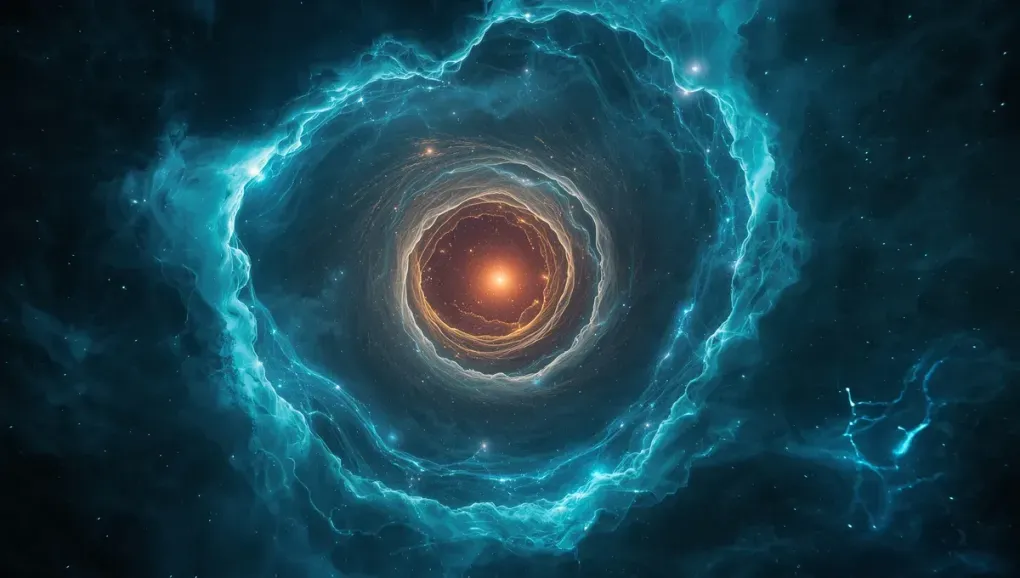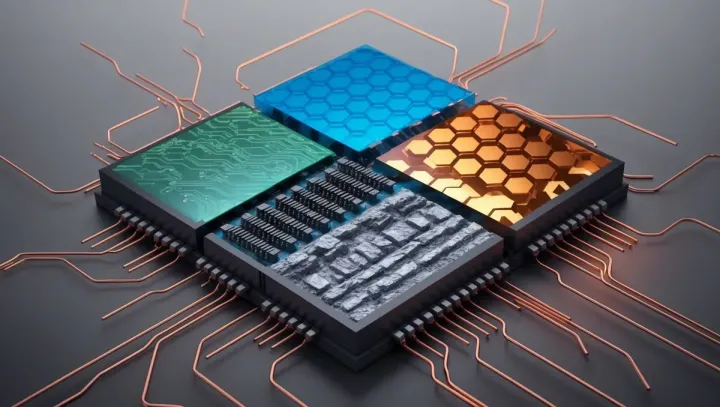
Interstellar Tunnels: New Map of Our Galactic Neighborhood Is Full of Surprises
I’ve always found it fascinating to think about our place in the universe. We’re on a rock orbiting a star, which is in a galaxy of billions of stars. But what about the space between those stars? We tend to imagine it as a perfect, cold, black vacuum. Well, it’s time to update our mental maps, because it turns out our solar system is floating inside a giant, lopsided, million-degree bubble, and it might have tunnels.
This isn’t science fiction. This is the picture emerging from a stunning new analysis of our galactic neighborhood using the eROSITA X-ray telescope, and it’s one of the coolest things I’ve read all year.
Welcome to the Local Hot Bubble
For decades, scientists have known we live inside something called the Local Hot Bubble (LHB). It’s a colossal cavity in the interstellar medium, stretching about 1,000 light-years across. It wasn’t born this way; it was violently carved out over the last 14 million years by a series of at least 15 supernova explosions.
Think of it as living in the aftermath of a cosmic fireworks show. These explosions swept up the surrounding gas and dust, creating a low-density region and heating the remaining plasma to an incredible one million degrees Celsius. We’re literally inside the remnant of ancient, exploded stars.
While we knew the bubble existed, its exact shape, properties, and how it connects to the rest of the galaxy were fuzzy. That’s where the new research published in Astronomy & Astrophysics comes in. By using the sensitive X-ray vision of eROSITA, astronomers have created the most detailed map yet of our cosmic home.
Surprise #1: Our Bubble is Lopsided
One of the most striking findings is that the LHB isn’t uniform. There’s a clear temperature difference between the two halves of the bubble. The southern galactic hemisphere is significantly hotter (around 1.4 million degrees C / 122 eV) than the northern hemisphere (around 1.2 million degrees C / 101 eV).
Why the difference? The researchers speculate it could be the signature of more recent or off-center supernova explosions in the south. It’s a tantalizing clue in the ongoing work of galactic archaeology—the temperature variations are like echoes of the last major events that shaped our home.
Surprise #2: We Found the Tunnels
This is the part that truly fires up the imagination. The map reveals that the Local Hot Bubble isn’t an isolated sphere. It appears to be connected to the wider galaxy through massive channels, or interstellar tunnels.
The data shows clear evidence of hot plasma filling cavities in the surrounding dust and gas, effectively forming tunnels. One of these, a long-theorized channel towards the star β Canis Majoris, now seems to be confirmed as being filled with this hot LHB gas. Even more exciting, the study hints at another potential tunnel towards the constellation Centaurus, a feature that could connect our bubble to the massive Loop I superbubble.
This supports a theory from the 1970s that the interstellar medium is a bit like cosmic swiss cheese, a network of tunnels created by supernovae that shuttle energy and material throughout the galaxy. We might be living right next to an on-ramp for this galactic subway system.
A New 3D Map of Home
By combining the X-ray data with 3D dust maps, the study confirms a beautiful relationship: the Local Hot Bubble expands wherever there is less cool gas and dust to stop it. It fills the voids. This allows for an incredible 3D visualization of our place in the galaxy, showing a structure that is not just a bubble, but a dynamic, breathing entity that interacts with its surroundings.
This research is more than just mapping; it’s about understanding the ecosystem of our galaxy. These structures—bubbles, tunnels, and all—are fundamental to how galaxies evolve. They transport heavy elements forged in supernovae to new regions, seeding the next generation of stars and planets.
So the next time you look up at the night sky, remember that you’re not just looking out into emptiness. You’re looking out from inside a hot, dynamic, and interconnected bubble—a home with a violent past and a fascinating structure that we are only just beginning to understand.
Primary Source: For those who want to dive deep into the science, the original paper is available here:

